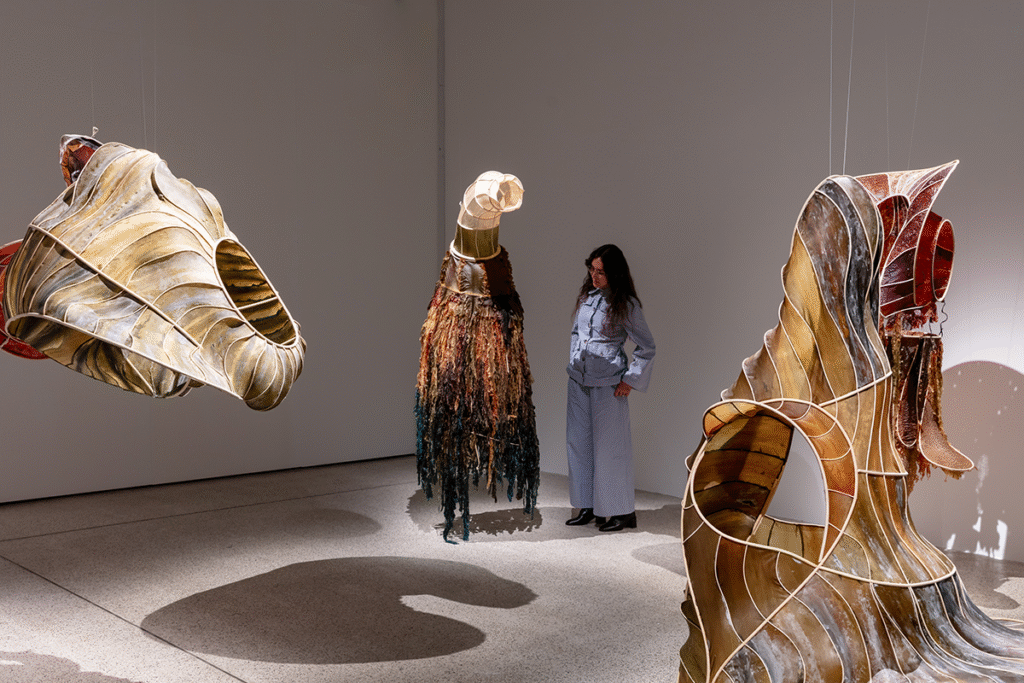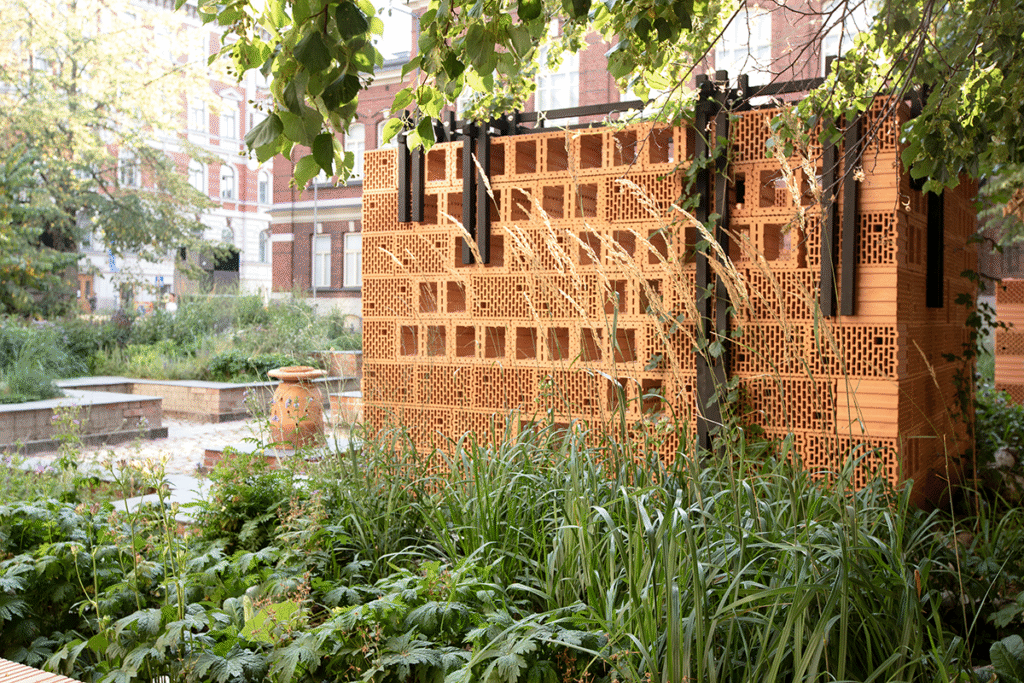In the beginning, God designed.
Not with blueprints or building codes, but with breath, beauty, and boundless compassion. Mountains were shaped, birds were feathered, whales were weighed in oceans of purpose. Every creature, from the lion to the ladybird, was part of this divine composition—made not for utility, but for joy.
Genesis tells us that God looked at all He had made and called it very good—not just the humans, but the whole interconnected tapestry of life. Trees, rivers, insects, elephants—all spoken into being by a Designer who delights in diversity and builds for relationship.
Yet somewhere along the way, we lost touch with that original vision. Our cities rose, our systems expanded, but too often they were built for humans alone. Roads cut through ancient migration paths. Buildings silenced birdsong. Farming practices inflicted suffering on the very creatures we were meant to care for.
Recently, London’s Design Museum concluded an exhibition titled More Than Human. Although the exhibition has now closed, its ideas remain deeply urgent. It invited visitors to reimagine the world not as a human-only domain, but as a shared home for all living beings. It asked a bold, almost sacred question: What if we designed the world not just for us, but for all creation?

A Design Language That Includes the Voiceless
More Than Human showcased more than 140 works that looked beyond human needs to consider how animals, plants and ecosystems might flourish if they too were part of the design brief.
There was a tapestry recreating a meadow as seen by pollinators. Seaweed sculptures — “Kelp Council” — invited viewers to imagine interspecies collaboration. One pavilion-like structure was designed as a shared sanctuary for humans, birds and insects. Another installation used AI to interpret a river’s condition and translate it into human-readable signals, allowing the river to “speak”.
It offered a quietly revolutionary idea: design, when rooted in humility and imagination, can help repair what has been broken.
Even the Sandwiches Witness
During the exhibition’s run, the Design Museum made all its catering fully vegetarian and vegan. Not as a gimmick, but as a sincere expression of values.
“We wanted our food to reflect the heart of the exhibition,” the museum noted. “This is about our relationship with the environment and other species, and a commitment to reduce our carbon impact.”
For Christians, this resonates deeply. Food is never just food. Scripture shows meals as spiritual acts. Our dietary choices shape not just our bodies, but our witness. What we eat is part of the story we tell about who matters in God’s creation.

Peace with Creation: A Season and a Calling
This year’s Season of Creation, with its theme Peace with Creation, invited Christians to reflect on how we live, build and consume — and whether those actions bring harmony or harm.
More Than Human becomes a companion to this reflection. It doesn’t merely critique human impact on the environment. It dares to imagine an alternative. It reclaims design as a sacred act of care — echoing the Genesis vocation to “serve and protect” the garden (Genesis 2.15).
Isaiah envisioned a world where no one hurts or destroys on God’s holy mountain. Paul writes of creation groaning for liberation. Jesus assures us that not even a sparrow falls outside the Father’s care. The exhibition, though not religious, carried these resonances — a signpost, in N. T. Wright’s words, pointing toward the Kingdom.

The Gospel According to Design
We do not need to be architects to respond. All of us are designing something — habits, homes, schedules, lives. Every choice is a blueprint for the kind of world we want to inhabit.
Choosing plant-based meals. Supporting ethical fashion. Creating pollinator space in our gardens. Campaigning for laws that protect ecosystems. Teaching our children to notice and name the birds.
All of these are acts of co-creation.
God, the First Designer, invites us not to stand above creation but within it — to design with empathy and build with reverence. To eat with gratitude and restraint. To act for the voiceless and safeguard the vulnerable.
This Season of Creation, may we design lives that reflect the love of the One who crafted every wing, paw and petal. May our choices preach peace. May we help build a world where once again God might look at all He has made — and call it very good.

